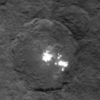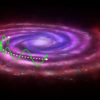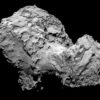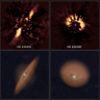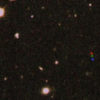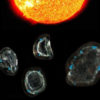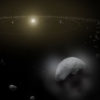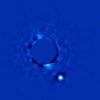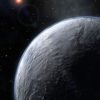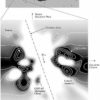New images of the dwarf planet Ceres, taken from 2,700 miles above by NASA’s Dawn spacecraft, show the surface of this mysterious world in sharper detail than ever before. The new images are of the brightest spots, which are located in a crater about 55 miles across. The largest bright area in this crater is […]
